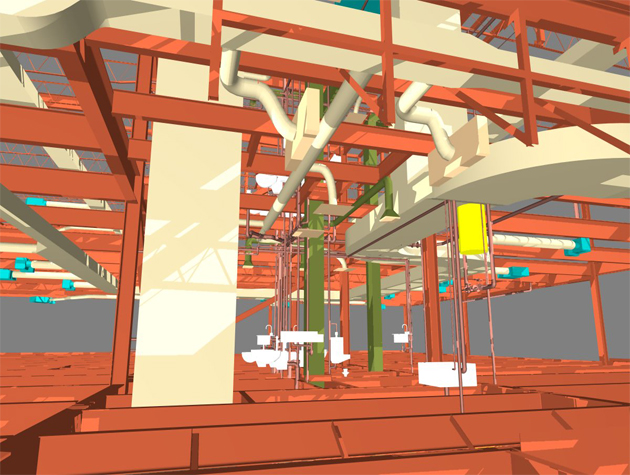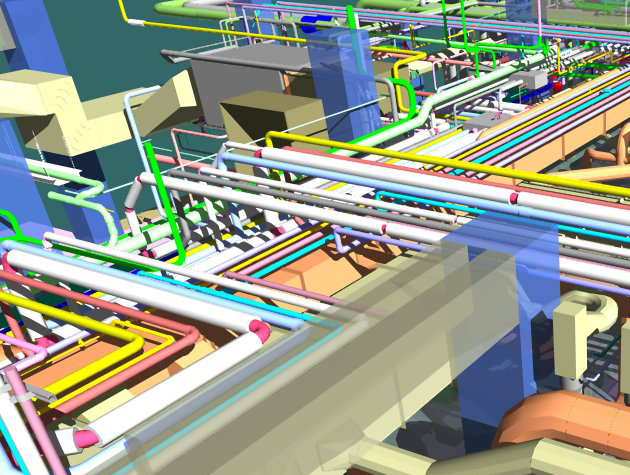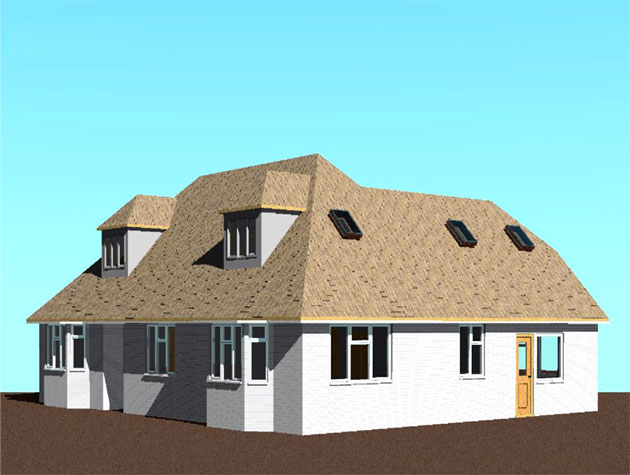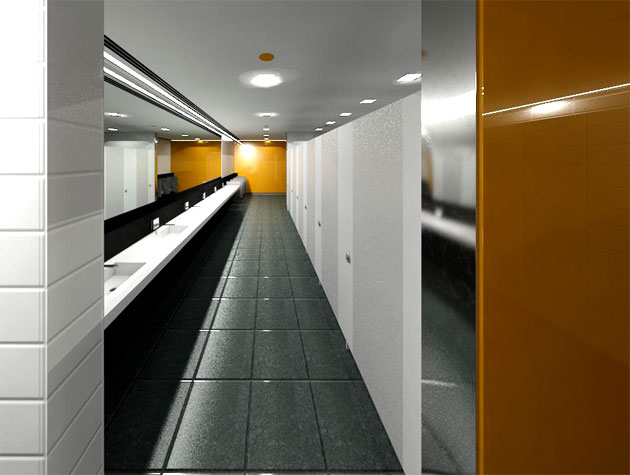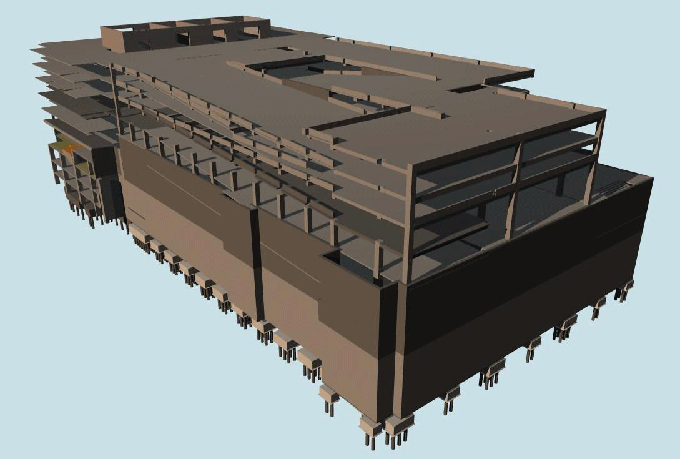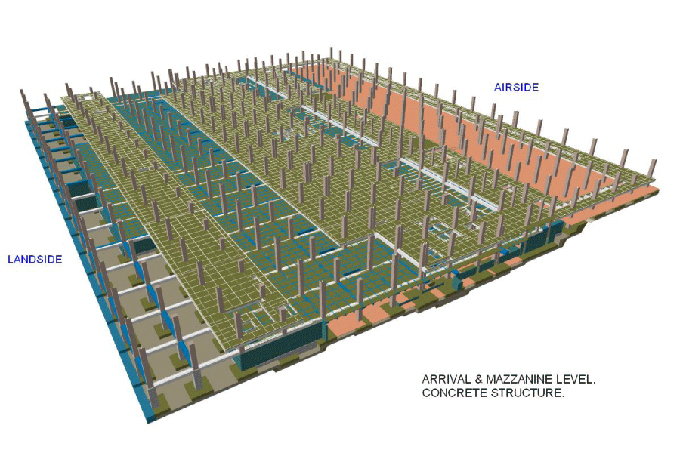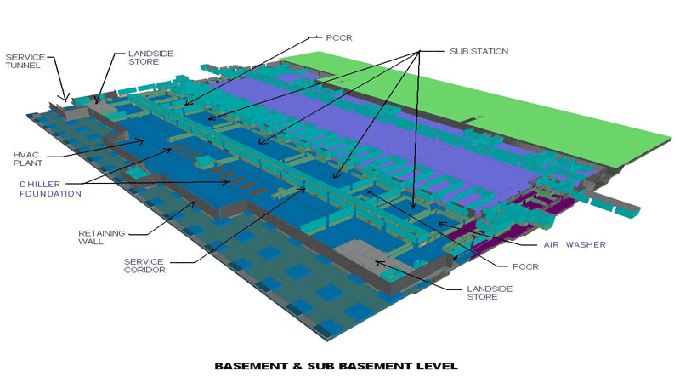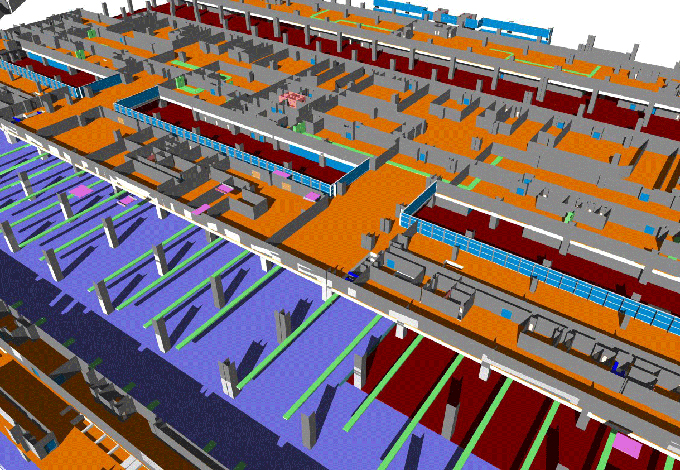Modeling for Parametric Buildings with Revit
Tweet
The parametric designs are those designs of the Revit family which has been manipulated with the help of the different design parameters, in which one single variable has the ability to change completely the end results of the designs.

Parametric Revit families and their types
In the Revit software, parameters are mathematical equations and formulas which help to describe the relationship between the design components of the Revit families. The parametric families serve as the foundation from which the Revit family components have been built. In addition, the parametric families help to show how the length, width and depth of the design components can be related to each other.
The parametric families can be of two types, which are:
Type parameter
The type parameter has been specified at the type level of the family and also affects each and every instance of that type.
Instance Parameters
The family instance-specific parameter is called as an instance parameter, which contains multiple instances. The instance parameter helps to allow for the greater customization options and flexibility in the design project.
Benefits of Parametric families in the Revit software
Precision
The construction of the parametric families has been done with higher level accuracy which helps to ensure that the project components will meet the required design standards.
Flexibility
There is no need to reinvent the entire design elements by the designers while making modifications to the parametric families, which makes the design process more flexible.
Speed
With the help of the parametric families, designers can quickly and easily develop as well as customize the design elements, which helps to cut down the time for manual sketching and modelling.
Collaboration
By using the parametric families, designers can collaborate easily and effectively, which helps to make sure that each design component of the project is consistent.
Importance of Parametric Design in Architectural Designs
The parametric designs in the Revit software have several common use cases, which are as follows:
➢ The parametric designs in the Revit software help with iterative massing studies, which help to find out the ideal form of the building.
➢ The parametric designs also help in the optimization of the floorplates for views, daylighting, and others.
➢ The parametric families of the Revit software also include the structural optimization, as well as refining the design component sizes and framing patterns.
➢ The parametric designs help to modify the interior layouts of the designs.
➢ The digital fabrication, including 3D printing and output geometry for CNC milling, has been also done with the help of the parametric designs of the Revit software.
➢ The parametric designs also involve the MEP system coordination, as well as help to integrate plumbing, parametric ductwork, and electrical routing in the designs.
The connection between the BIM workflow and parametric design in the Revit software
The parametric models help to link the model parameters for designing geometry. Users can change the numeric values very easily, which can be iterated quickly on spaces and forms. The visual programming app Grasshopper is useful for parametric modelling. The node-based workflow has been used by this app, in which users can connect design component inputs and outputs for building scripts. This script updates the geometry automatically, which enables the users to explore the design possibilities much faster than the manual designing process.
Revit is the building information modelling (BIM) software, which helps to make early design explorations, and this is where the Grasshopper app comes in. The Rhino inside the Revit software helps to connect two applications through which the parametric designs can drive the Revit design models. While the users modify the inputs, the design geometry can be updated in real-time. Through making designs parametrically, users can achieve more flexibility over the envelope of the building.
The parametrically designing process of the Revit software helps to speed the BIM workflow. By using Grasshopper components, users are able to build parametric relationships. The planes, surfaces, and curves have been defined by the Grasshopper app, which helps the users with their massing studies. There is also an option for linking the Grasshopper geometry along with the Revit design elements.
In this context, special design components have been used for generating Revit walls, masses, floors and others from the Grasshopper geometry. Users are able to update the design parameters as well as update their design models. Users can tweak numeric inputs in the Grasshopper app and can also watch the updated forms in the Revit software in real time. Thus, users are able to experiment with their design models more quickly.
To get online demonstration, watch the following video tutorial.
Video Source: Eddelmar Salvador
As an example, in the case of a user who wants to link a floor outline curve with a dimension parameter, they can change the number that will resize the floor plate as well as update the linked mass in the Revit software. This connection helps to enable the quick massing iterations and manually redraw is not required in this case.

Gallery
Feel free to contact us for BIM requirements. One of our representative will respond you within 24 Hours. Send us your projects requirement today and grow your project.
Explore More !
